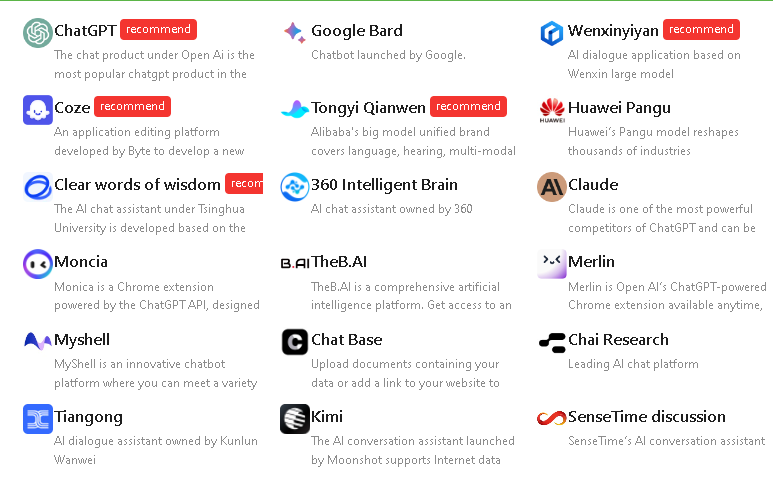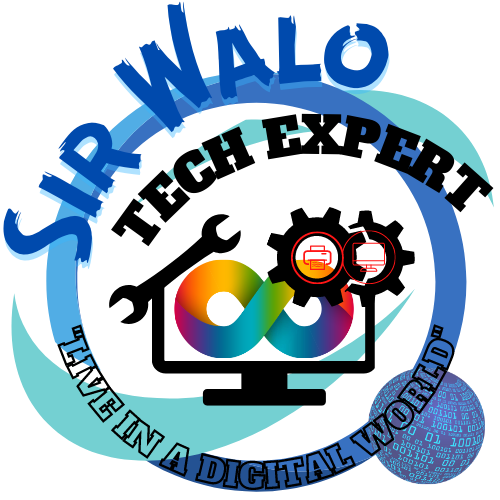AI content creation is the process of using artificial intelligence to generate written or visual content based on text prompts or data inputs. Many types of AI content creation tools can help you with different content formats and use cases. Here is a list of some AI content creation tools and their definitions:
- AI chatbots: These are tools that use natural language processing and machine learning to simulate human conversations and provide information, assistance, or entertainment to users. Examples of AI chatbots are Copilot, Replika, and Woebot.
- AI character generation: These are tools that use generative adversarial networks and computer vision to create realistic and diverse characters for games, animations, or stories. Examples of AI character generation tools are Artbreeder, Character Creator, and [Epic Games MetaHuman Creator].
- AI search engines: These are tools that use natural language understanding and semantic search to provide relevant and comprehensive answers to user queries. Examples of AI search engines are [Google], [Bing], and [Wolfram Alpha].
- AI industry tools: These are tools that use artificial intelligence to provide solutions for specific industries or domains, such as healthcare, education, or marketing. Examples of AI industry tools are [IBM Watson], [Microsoft Azure AI], and [Salesforce Einstein].
- AI writing generator: These are tools that use natural language generation and deep learning to create written content for various purposes, such as blogs, articles, web copy, or emails. Examples of AI writing generator tools are [Narrato], [Copy.ai], and [Jasper].
- AI PowerPoint tool: These are tools that use artificial intelligence to create or enhance PowerPoint presentations, such as by generating slides, layouts, or designs. Examples of AI PowerPoint tools are [Beautiful.ai], [Slidebean], and [Zuru].
- AI form tool: These are tools that use artificial intelligence to create or optimize online forms, such as by generating questions, fields, or validations. Examples of AI form tools are [Typeform], [Formstack], and [JotForm].
- AI document tool: These are tools that use artificial intelligence to create or edit documents, such as by generating summaries, outlines, or citations. Examples of AI document tools are [Grammarly], [Otter], and [Cite This For Me].
- AI translator tool: These are tools that use artificial intelligence to translate text or speech from one language to another, such as by using neural machine translation or speech recognition. Examples of AI translator tools are [Google Translate], [Microsoft Translator], and [DeepL].
- AI website generator: These are tools that use artificial intelligence to create or design websites, such as by generating content, layout, or style. Examples of AI website generator tools are [Wix ADI], [Squarespace], and [Webflow].
- AI image tool: These are tools that use artificial intelligence to create or edit images, such as by generating graphics, filters, or effects. Examples of AI image tools are [Picsart], [Canva], and [Luminar].
- AI picture design tool: These are tools that use artificial intelligence to create or enhance picture designs, such as by generating logos, icons, or illustrations. Examples of AI picture design tools are [Looka], [Icons8], and [Vectary].
- AI audio tool: These are tools that use artificial intelligence to create or edit audio, such as by generating music, sound effects, or voiceovers. Examples of AI audio tools are [Synthesia], [Murf], and [Podcastle].
- AI video tool: These are tools that use artificial intelligence to create or edit videos, such as by generating scripts, animations, or subtitles. Examples of AI video tools are [vidIQ], [Lumen5], and [Kapwing].





"Please keep your comments respectful and on-topic."
"Your email address will not be published."
"HTML tags are not allowed in comments."
"Spam comments will be deleted."